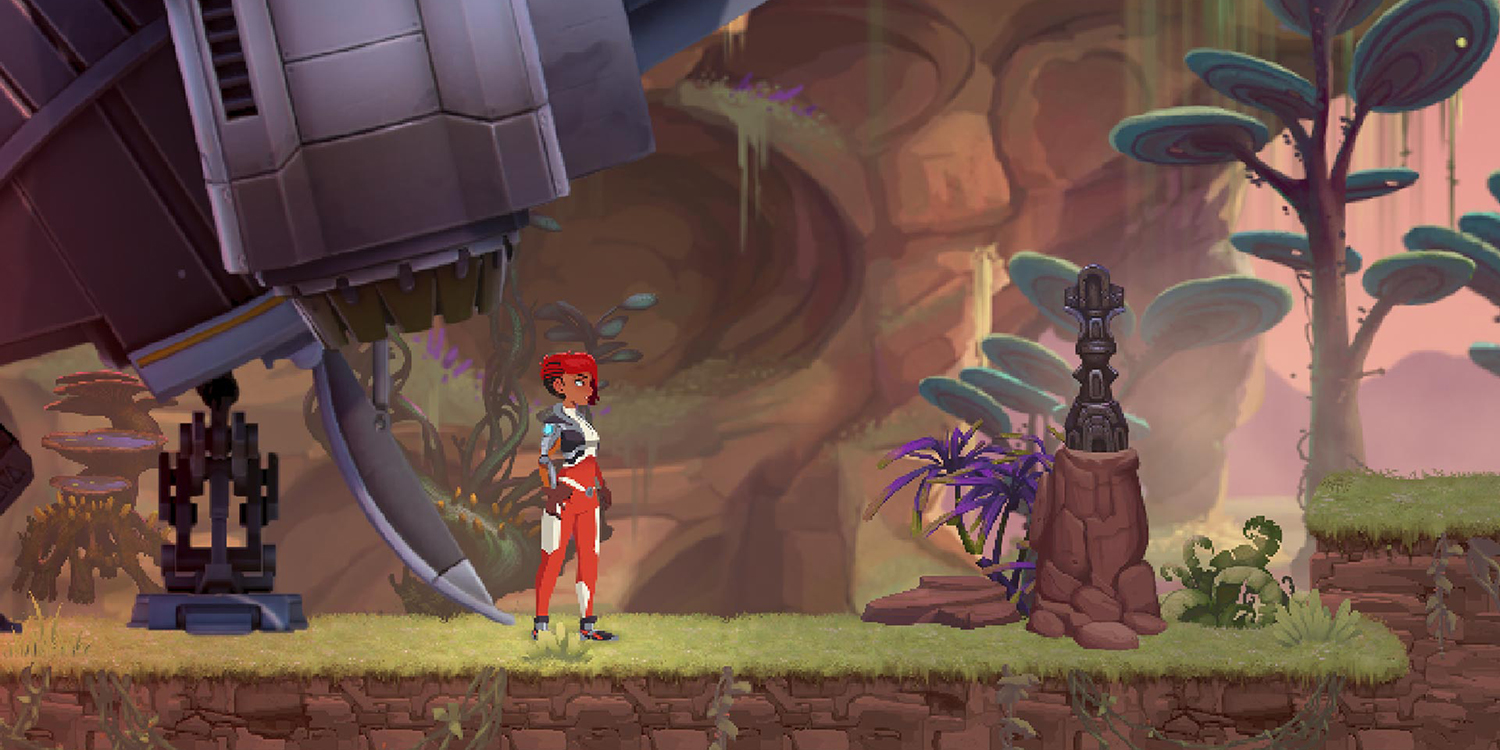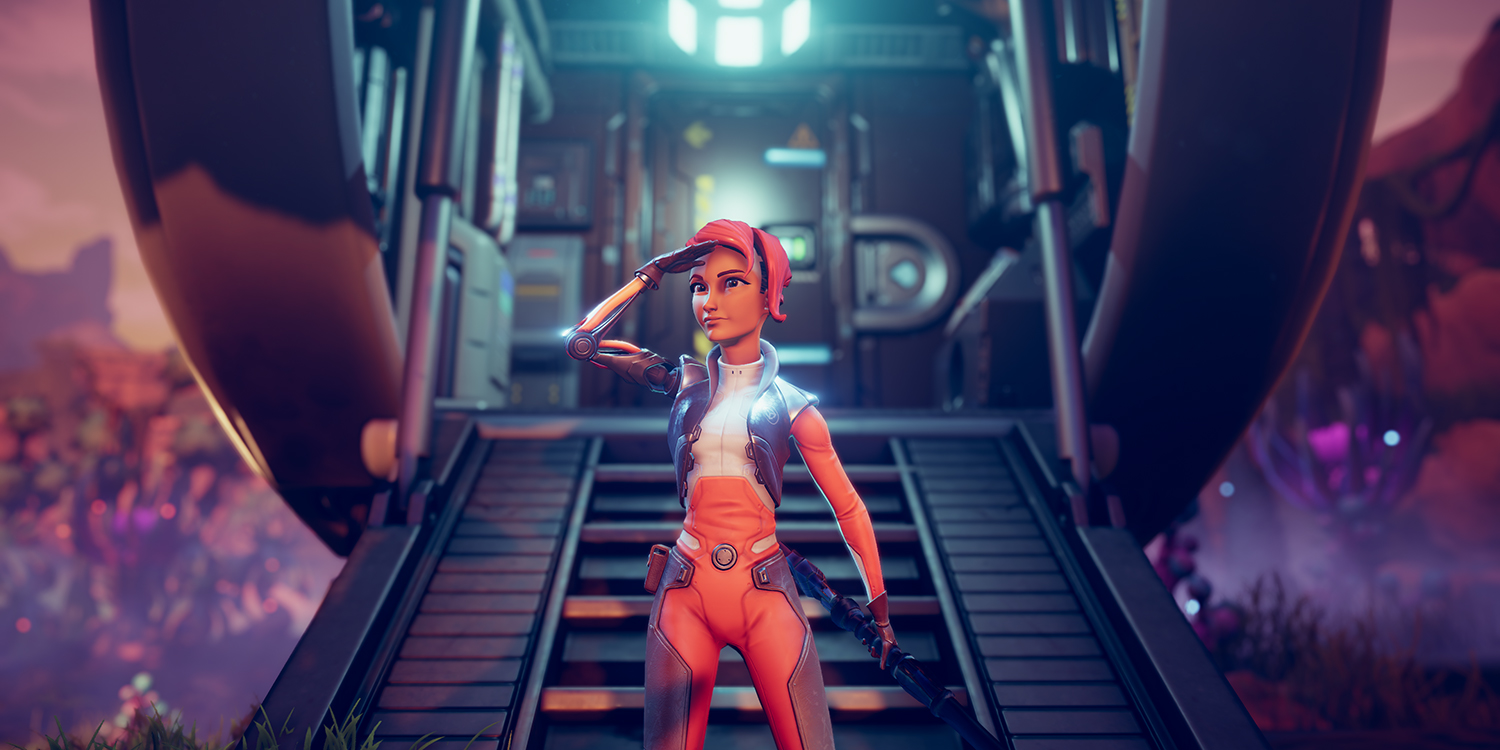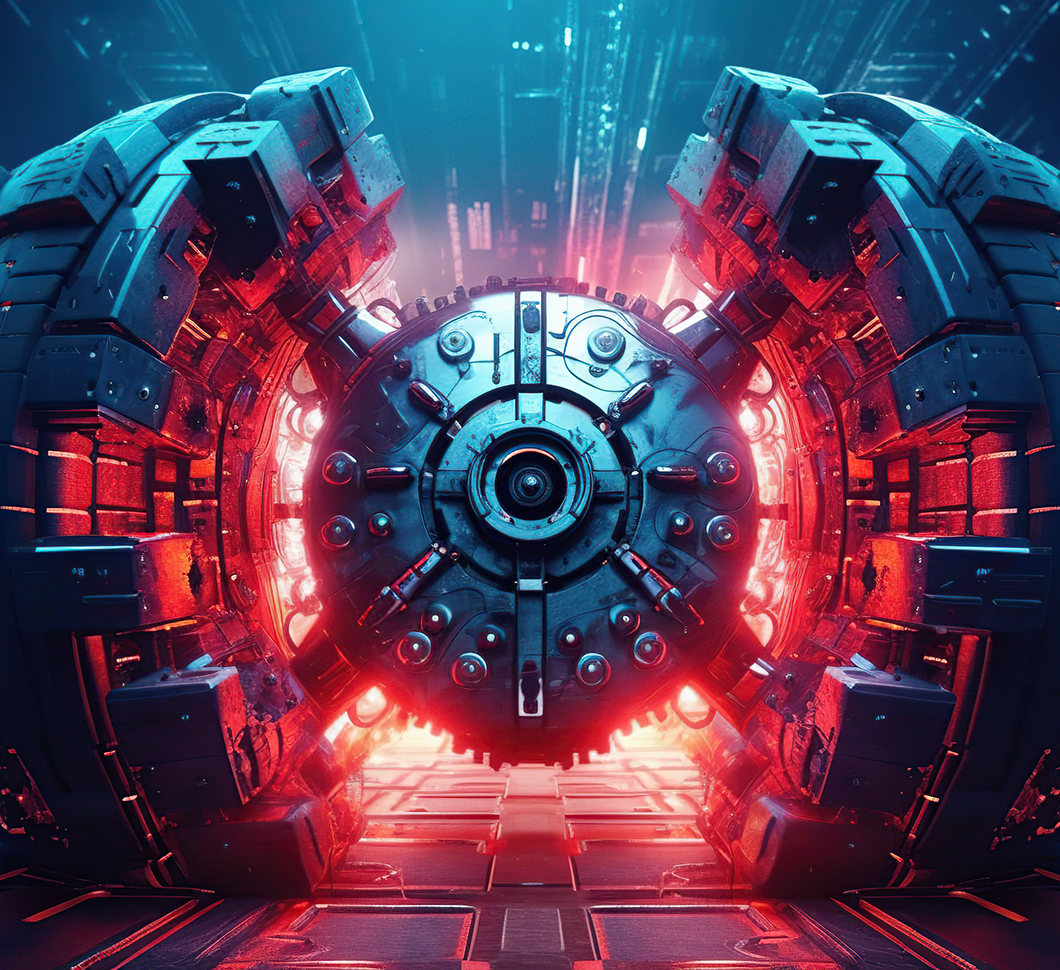When discussing 2D games in Unity 3D, it's crucial to distinguish between the platforms offered by the Unity game development studio. Unity provides a versatile engine that supports both 2D and 3D game development, but each dimension brings its own set of tools, workflows, and optimizations. Understanding the specifics of how Unity caters to 2D versus 3D game creation is essential for developers to harness the full potential of the engine.
While 3D games are often praised for their depth and realism, 2D games have seen a resurgence, with Unity's dedicated tools enabling rich, detailed environments and characters that resonate with both retro enthusiasts and modern gamers. The Unity engine's flexibility allows for a seamless transition between 2D and 3D elements, a testament to its robust framework and the ingenuity of creators who push the boundaries of traditional game development paradigms.
The Ins and Outs of a Choice Between Unity 2D and 3D
When starting a Unity project, you must choose between the simplicity and charm of 2D and the immersive depth of 3D, with each path opening up new creative possibilities.
The Role of Dimensionality in Game Mechanics
Dimensionality plays a pivotal role in Unity mobile game development, with the choice between 2D in Unity 3D and Unity 2D vs. 3D affecting everything from gameplay mechanics to physics. In 2D environments, developers can focus on straightforward mechanics that hinge on horizontal and vertical movement, making it ideal for side-scrollers or puzzle games.
On the other hand, 3D games developed in Unity offer a complexity that allows for more dynamic interactions, such as realistic physics, lighting, and AI behaviors that can lead to more immersive experiences. The decision between Unity 2D and 3D shapes the very foundation of a game's design, influencing not just the visual aesthetic but also how players interact with the game world, solve challenges, and engage with the narrative.
Effect on Development Dynamics and Player Engagement
- Dimensional choice in Unity for game development directly impacts development dynamics. Developers must adapt their skill sets to either the sprite-based environments of 2D or the model-centric realms of 3D, influencing timelines and resource allocation.
- Asset creation becomes a defining factor. In 2D, artists can often produce assets more quickly, while 3D requires more intricate modeling and texturing processes, potentially extending production schedules.
- Physics engines differ vastly. Unity's 2D physics is more straightforward and less computationally intensive, whereas 3D physics involves complex interactions and real-world accuracy, demanding more from developers and devices.
- The chosen dimensionality shapes player engagement. 2D games can offer quick, intuitive gameplay conducive to casual gaming, while 3D games often provide a deep, immersive experience that can lead to higher player investment and longer play sessions.
Balancing Quality with Cost and Time Constraints
In Unity game production, balancing quality, money, and time necessitates strategic decisions. Choosing 2D can minimize complexity and speed up asset creation, resulting in cheaper costs and faster turnaround. However, 3D creation, while often more resource-intensive, can result in graphically gorgeous games that justify the extra effort.
Developers must weigh the draw of 3D's depth against the streamlined manufacturing of 2D, taking into account the project's scale, intended audience, and budget. Finally, the decision is based on balancing the game's planned quality with the realities of time and money, ensuring that the production process is both commercially viable and creatively gratifying.
Grab your chance to hire Unity developers that bring value.
Unity 2D vs. 3D — Unpacking the Key Differences
The primary distinctions between Unity 2D and 3D reveal distinct technical divergences, each of which shapes the game's design, aesthetics, and the very nature of player interaction.
Visual Fidelity and System Requirements
The dispute between Unity 2D and Unity 3D frequently revolves around visual fidelity and system requirements. The capacity of Unity 3D to generate high-resolution textures, complicated models, and complex lighting effects can produce wonderfully realistic scenes, necessitating more powerful technology to ensure smooth performance.
Unity 2D, on the other hand, with its sprite-based graphics, often requires less processing power, making it a more appealing alternative for developers targeting a diverse range of devices, including older systems.
Although 2D visuals are frequently less resource-intensive, they can nonetheless engage audiences with artistic forms that 3D complexity only sometimes enhances. This balance between a game's visual richness and accessibility for consumers across several platforms is a significant factor in Unity game creation.
Toolkit Availability and Learning Curve
How good is Unity for game development? This question is best answered by examining the accessibility and depth of its development toolkit and the associated learning curve.
- Toolkit availability influences how good Unity is for game development. Unity boasts an extensive suite of tools for both 2D and 3D development, with a vast library of assets and resources available on the Unity Asset Store.
- The learning curve can be steep or moderate. Beginners might find the 2D system more approachable, with many drag-and-drop features and a simpler physics system to master, leading to a gentler learning curve.
- Community support plays a pivotal role. Unity's community is a treasure trove of tutorials, forums, and user groups, providing invaluable support that can dramatically shorten the learning process for both 2D and 3D development.
- Documentation and resources are abundantly available. Unity provides comprehensive documentation and learning materials, which streamline the educational path for developers, regardless of whether they choose to work in two or three dimensions.
These factors collectively make Unity an accessible and powerful engine for game development, capable of accommodating both novice programmers and seasoned developers.
Support Ecosystem: Communities and Tutorials
Unity's support ecosystem is a strong pillar in the company's reputation as an exceptional game development engine. From amateurs to experts, a vibrant worldwide community of developers actively participates in forums, providing thoughts, solutions, and encouragement. Tutorials, ranging from beginner-friendly introductions to expert technique deep dives, are easily accessible and frequently updated to reflect the most recent features and best practices. This collaborative environment not only speeds skill learning but also encourages developer camaraderie, making the path from idea to completion a well-supported effort in either 2D or 3D game design.
Deciding on Dimensions, or When to Choose Unity 2D

In the Unity 3D vs. 2D decision, choose 2D when simplicity, artistic style, and faster development cycles align with your project's vision and platform considerations.
Tailoring Unity 2D to Specific Genres
- Platformers and side-scrollers shine in Unity 2D. The engine's tilemap editor and sprite management are optimized for creating levels with depth and character, which are essential for these genres.
- Puzzle and strategy games benefit greatly. Unity 2D's user interface tools and straightforward logic handling facilitate the complex yet clear designs that these genres demand.
- Retro arcade games find their home here. The nostalgic pixel art and simple mechanics of retro games can be efficiently replicated with Unity 2D's sprite manipulation capabilities.
- Casual and mobile games often thrive in 2D. The lighter resource requirements and the ease of integrating touch controls make Unity 2D a perfect match for games in this rapidly growing market.
Case Studies: Successful Unity 2D Titles
Hexagonium is a cross-platform MMO strategy game combining turn-based and real-time elements in a medieval fantasy world. Players vie for control over a tiled map, collecting resources and building structures to outmaneuver others. Optimized for iOS and Android, this free-to-play title showcases Game-Ace's prowess in crafting engaging online games with sophisticated server-side solutions. Its success, with over 10,000 first-week users, attests to its compelling art and gameplay, cementing Game-Ace's reputation for delivering high-quality gaming experiences from concept to launch.
Children of Morta, unveiled by Dead Mage in September 2019, is an action role-playing game with a distinctive roguelike twist. It unfurls the tale of the Bergson family's valiant stand against a creeping malevolence. The Unity-engineered 2D title has received widespread praise, securing "generally favorable" critiques across diverse gaming platforms. This acclaim underscores Unity's proficiency in facilitating refined 2D game creation, while Dead Mage's adept narrative crafting and gameplay design have positioned Children of Morta as a benchmark in its genre.
Another notable example is Hearthstone, a collectible card game by Blizzard Entertainment. It's a game that revolutionized player expectations of the digital card game genre. With a smaller development team and a shorter time frame, Hearthstone's use of Unity allowed for rapid iteration and a smooth transition to mobile platforms, contributing to the game reaching an audience of some 10m players. This success demonstrates Unity's strength in cross-platform development and Blizzard's ability to innovate within well-established genres.
Additionally, Night in the Woods, a single-player adventure game developed by Infinite Fall, achieved critical acclaim for its soundtrack, story, dialogue, and characters. Funded through Kickstarter, it exceeded its initial funding goal by over 400%, showing the potential for Unity 2D games to resonate with both players and investors. The game's success is a testament to the narrative depth and artistic expression possible within the Unity engine, highlighting the engine's versatility and the captivating experiences indie developers can create with its tools.
Strategic Considerations for Opting Unity 2D
When weighing 2D vs. 3D Unity for a project, strategic considerations are paramount. Unity 2D is optimal for projects with limited budgets or tight deadlines due to its generally lower resource requirements and simpler asset creation. It's also ideal for targeting a broader range of devices, especially where high-end 3D graphics support may be lacking. Moreover, the choice of 2D can be a stylistic one, favoring a retro or minimalist aesthetic that can greatly appeal to niche markets or specific genres, such as platformers or puzzle games, where gameplay mechanics take precedence over immersive environmentsThe Third Dimension: When to Choose Unity 3D

Exploring when to select Unity 3D involves understanding its capacity for intricate visuals and complex interactions, enhancing genres that demand a fully immersive experience.
Unity 3D's Edge in Immersive Game Experiences
In the comparison of Unity 2D vs. Unity 3D, the latter undeniably excels in crafting immersive game experiences. Unity 3D's engine is designed to create detailed environments, realistic textures, and dynamic lighting that can bring a game world to life in ways that 2D cannot match. It allows for the creation of intricate animations and physics simulations that add depth and realism to gameplay.
Moreover, Unity 3D supports virtual and augmented reality, opening doors to even more engaging and interactive gaming experiences. This depth of environmental design and interaction capability makes Unity 3D the go-to for developers aiming to deliver a game that fully engrosses players in a three-dimensional space.
Unity 3D has been pivotal in creating groundbreaking games that have reshaped what gamers expect from immersive experiences. Three remarkable examples of Unity 3D's capability to deliver successful titles are:
- Pokémon GO. Launched in 2016, Pokémon GO transformed the mobile gaming landscape with its augmented reality (AR) feature, which blends the game's universe with our real world. The title became a global phenomenon, encouraging players to physically explore their environments to catch Pokémon, facilitated by the Unity engine's AR technologies.
- Disco Elysium. This 2019 classic Western RPG stands out for its deep narrative and world-building, offering a complex tableau of stats and political alignments for players to navigate. Unity's versatile engine supported the creation of this rich, text-heavy game world, allowing players to engage in various political scenarios and explore diverse locations.
- Beat Saber. A visually stunning VR rhythm game, Beat Saber became a major hit in the VR gaming sector. The game features color-coded beats and sabers that players must slash in time with the music, demonstrating Unity's capabilities in handling the intricate synchronicity required for a seamless VR rhythm gaming experience. Available on multiple VR platforms, its success is a testament to Unity's effectiveness in VR game development.
These examples highlight the strength of Unity 3D in facilitating diverse gaming experiences, from AR to RPGs and VR, showcasing the engine's flexibility and robust performance across various gaming genres and technologies.
Criteria for Committing to Unity 3D Development
When committing to Unity 3D development, consider these factors:
- Project scope. Unity 3D suits expansive, intricate projects requiring detailed environments.
- Visual goals. It shines in rendering high-resolution graphics and complex effects.
- Interactivity level. Optimal for games with elaborate physics and AI.
- Platform reach. Provides excellent cross-platform functionality, essential for wide distribution.
- Budget and resources. While demanding higher investment, the payoff in visual fidelity is significant.
- Community and support. A strong support network aids in navigating development challenges.
- Future-proofing. Positions a project to incorporate emerging tech like VR and AR efficiently.
These criteria guide developers towards making an informed decision, balancing the capabilities and requirements of Unity 3D against the envisioned game's demands.
Enhancing Game Development with Game-Ace Services
Partner with Game-Ace, your dedicated custom game development company. Our commitment to excellence turns your gaming concept into an engaging reality. With a rich portfolio that spans various genres and platforms, our experts are equipped to craft your next gaming success.
For a partnership that promises creativity and technical prowess, reach out to us. Let Game-Ace be the architect of your next digital masterpiece. Contact us to begin your journey in game development excellence.
 Unity 6: Revolutionizing Game Development for the Next Generation
Unity 6: Revolutionizing Game Development for the Next Generation  Rapid Game Development: Unleashing Creativity with Speed and Precision
Rapid Game Development: Unleashing Creativity with Speed and Precision  The Best Game Engines: Research from Game-Ace Specialists
The Best Game Engines: Research from Game-Ace Specialists  Unity vs Unreal: Two Main Game Engines Compared by Game-Ace
Unity vs Unreal: Two Main Game Engines Compared by Game-Ace  Unity Game Development Studio: Empowering Creators with Seamless Innovation
Unity Game Development Studio: Empowering Creators with Seamless Innovation 


































